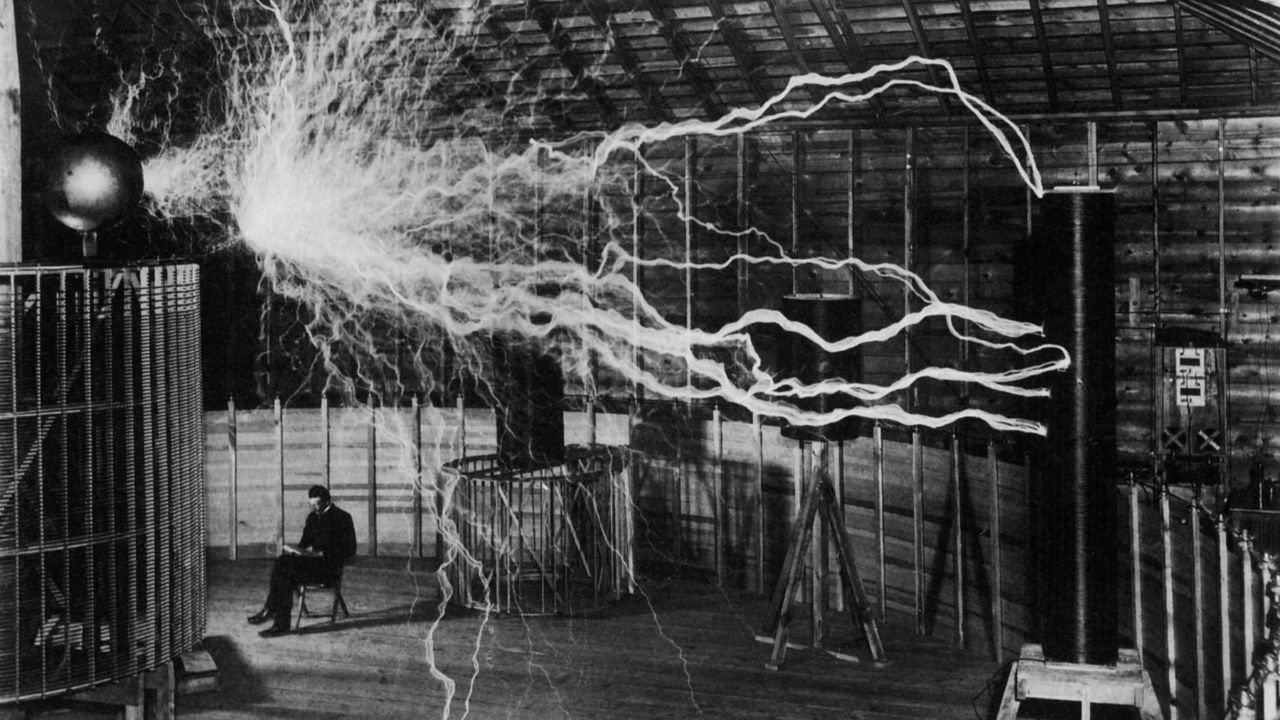
Lightning Strikes and Their Unforeseen Impact on Hospital Operations
In the realm of unexpected events that can disrupt essential services, lightning strikes stand out as a formidable force of nature. While lightning strikes are often associated with wreaking havoc on power grids and communication systems, their impact on critical infrastructure like hospitals has remained relatively unexplored.
Recently, two hospitals found themselves struggling with the aftermath of lightning strikes within a one-month period, shedding light on the surprising vulnerabilities of healthcare facilities to lightning strikes.
Case Study 1: A Shocking Encounter at Hospital A
The first hospital, equipped with 236 beds, experienced a direct lightning strike to its building. The ensuing power surge not only caused a temporary failure of the standard power supply but also sent ripples through the hospital’s technological framework. While the hardware remained remarkably unharmed, the fire alarm system and peripheral network connections in the digital radiology systems bore the brunt of the strike.
Case Study 2: Hospital B Battles Inductive Problems
The second hospital, boasting a capacity of 436 beds, faced a different type of challenge following its encounter with lightning. Although the lightning strike did not directly impact the power supply, it induced disruptive currents that traveled through cable connections from the outside. The consequences were far-reaching, affecting communication systems such as telephones, radios, intercoms, and the fire alarm system. Even the electronic entrance control system was not spared. In the days following the strike, the hospital grappled with software problems and network connection failures that managed to evade initial detection.
Lightning Strike Elimination
The unpredictability of lightning strikes presents a unique conundrum for hospital administrators. Unlike other threats, such as natural disasters or cybersecurity breaches, lightning-induced problems are relatively uncharted territory. However, there is an advanced lightning protection system that will bolster a hospital’s resilience against lightning strikes and their effects on critical systems.
The CMCE Lightning Suppressor is the most advanced lightning protection system and is the only device on the market proven to prevent lightning from striking in lab and field tests. The CMCE device can be easily installed six feet above the highest point of a structure and prevents lightning formation within 500,000 square feet. It is 100% effective, lightweight, operates without power, and costs 92% less than the traditional lightning rod system.
Invest in CMCE Lightning Prevention to protect your hospital from lightning strikes.
Contact our team today at [email protected] or call (317) 839-5022 to get a quote for your facility.
We hope you found this article informative and valuable. If you are interested in exploring more topics related to emergency response, public safety, and technology, we encourage you to check out our other Public Safety & Security newsletter articles. Stay informed by delving into our diverse range of articles designed to help you navigate the ever-evolving landscape of public safety. Together, we can work towards creating a safer and more resilient world. Happy reading!




